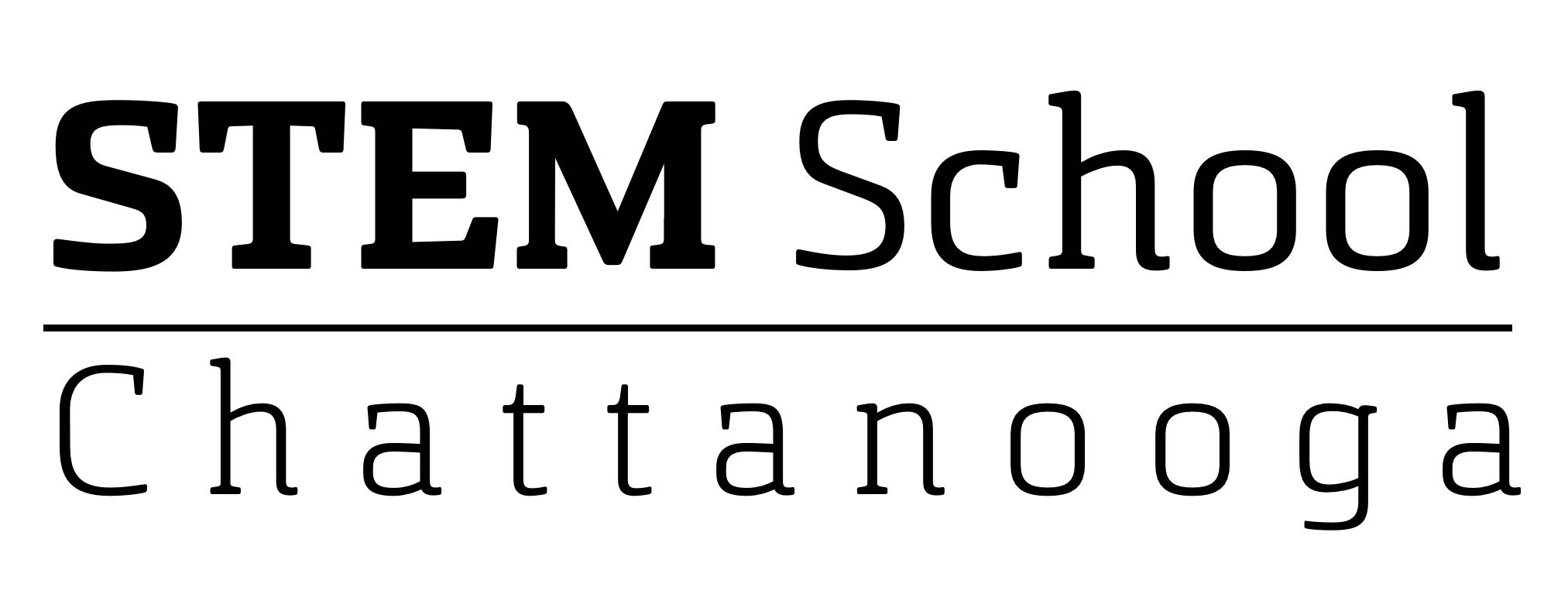4K Microscope
STEM students in Chattanooga, home to the country’s first community-wide gigabit network, are experiencing biology and STEM like never before.
The interactive, high-resolution microscopy system enables researchers at USC to place live biological specimens under a Digital Cinema Microscope and capture ultra-high resolution (4k) movies of the microorganisms while simultaneously transmitting live, high-definition images from the microscope system to students in the STEM class. Under the guidance of the USC biologists STEM students can enhance their learning further by manipulating the microscope effectively at very low latency levels.
The project represents the first to integrate digital cinema, optical microscopy, aquatic microbiology, 4k flat panel displays and gigabit networks into an educational environment in a scalable fashion.
Students utilize Chattanooga’s gigabit network to collaborate with other Hamilton County high schools and provide them access to a world-class high-definition 4K microscope, one of only two in the world.
FabLab
SCOPES-DF:
STEM School Chattanooga and MC2 STEM in Cleveland, OH currently lead a leadership pilot for FabLab k-12 work. Teachers from each school work with national and international experts in developing rigorous and engaging digital-fabrication curriculum, participate in interactive professional development and shepherd the growth of a community of practice of educators in the fields of Science, Technology, Engineering and Math using digital fabrication. The Fab Foundation’s project is called Scaling a Community of Practice for Education in STEM through Digital Fabrication, or SCOPES-DF.
For more information on SCOPES-DF, visit https://www.scopesdf.org/
Overview:
The FabLab (or fabrication laboratory) provides STEM students with the resources to fully design, prototype, and test products for their projects. All STEM students have the opportunity to use the FabLab as part of their courses.
 |
 |
As defined by the Fab Foundation, FabLabs provide widespread access to modern means for invention. They began as an outreach project from MIT’s Center for Bits and Atoms (CBA) and evolved into a collaborative and global network. The STEM School FabLab is the first high school-based FabLab in the southeastern US.
 |
 |
Our FabLab is divided into two areas: the design lab and the machine shop. The design lab is equipped with computers, 3D printers, and electronics workbenches. The machine shop includes modern digital fabrication tools as well as traditional wood shop tools.
 |
 |
The FabLab is an important component in the STEM School’s mission of using technology to foster the inquisitive nature of students to develop skills in collaboration, critical thinking, and innovation. The FabLab tools allow the students to create products of professional quality.
 |
 |
Examples of student projects used in the FabLab include:
- Inventing a charging device for smartphones powered by swinging a door
- Fabricating solar array panels for outdoor classrooms
- Designing packaging concepts to commemorate the 100th anniversary of Moon Pies
- Prototyping specialized prosthetics using 3D printers
- Creating merchandise displays for sporting goods stores
- Making an Arduino-based electronic garden monitoring system
- Building Science-on-the-Go carts for local elementary schools
STEM School Chattanooga was the FIRST certified Fab Lab in the State of Tennessee and is a MODEL for Fab Lab integration into K-12 education.
To see more FabLabs around the world click here: FabLabs Around the World
 FabLab Resources:
FabLab Resources:
Design Lab
- iMac workstations
- HP DesignJet T520 plotter
- MightyLam 2700 HC 27″ roll laminator
3D Printers
- MakerBot Replicator 2
- MakerBot Replicator 2X (2)
- Orion SeeMeCNC
- Airwolf HD2X
Digital Fabrication Tools
- ShopBot CNC router
- Roland GX-24 vinyl cutter
- Epilog Mini laser cutter
Electronics Workbench
- Soldering station
- Digital oscilloscope
- Function generator
Workshop Tools
- Table saw
- Band saw
- Mitre saw
- Drill press
- Belt sander
- Bench grinder
- Orbital sander
- Cordless drill
- Impact driver
- Pneumatic nailer
- Pneumatic stapler
Selected Software:
- SketchUp 3D modeling
- Blender 3D modeling
- Arduino integrated development environment
- GIMP graphics software
- VCarvePro CNC design software
- Roland Cut Studio vinyl cutting design software
- Corel Draw graphics software
ThinkSpace
The Unum Thinkspace was designed and created by STEM School juniors during the Fall semester of 2015. It was created as a space to promote creativity in students when coding, creating multimedia projects and designing software. Students have access to a wide range of hardware, including 23 iMacs, video cameras and microphones, raspberry pies arduinos, green screens, and multiple robots(spheroes, ollies and Nao). Using software such as Xcode, Unity, Unreal Engine and Final Cut Pro, students create a variety of projects from videogames, podcasts and phone apps, supporting all of their classes from their freshman to their senior year.
We would like to thank Unum as a contributing partner in helping make this space a reality.
 |
 |
Robotics Unit:
Video Game Showcase:
Coding Project
Digital Fabrication:
Micro-Credentials
Digital Fabrication Micro-credentials (or micro-badges) are digital representations of educational achievements. Just like pins and medals earned for skills training or learning, micro-credentials represent the completion of requirements set by the organization issuing the credentials. Digital Fabrication Micro-Credentials are awarded for smaller, bite-sized learning or mastery of skill awarded for the demonstration of very specific competencies in the area of Digital Fabrication. STEM students who earn their Master Fabricator milestone will be eligible to apply for a non-paid internship in the Global Center for Digital Innovation. Master Fabricators will also be recognized during graduation.
Micro-Credential Milestones: Click each pathway for more details and requirements to earn a milestone.
To earn a micro-credential, take pictures or video of each criterion to show as evidence of your mastery. When sending in your evidence be sure to organize your evidence and add captions or descriptors to explain what is happening.

